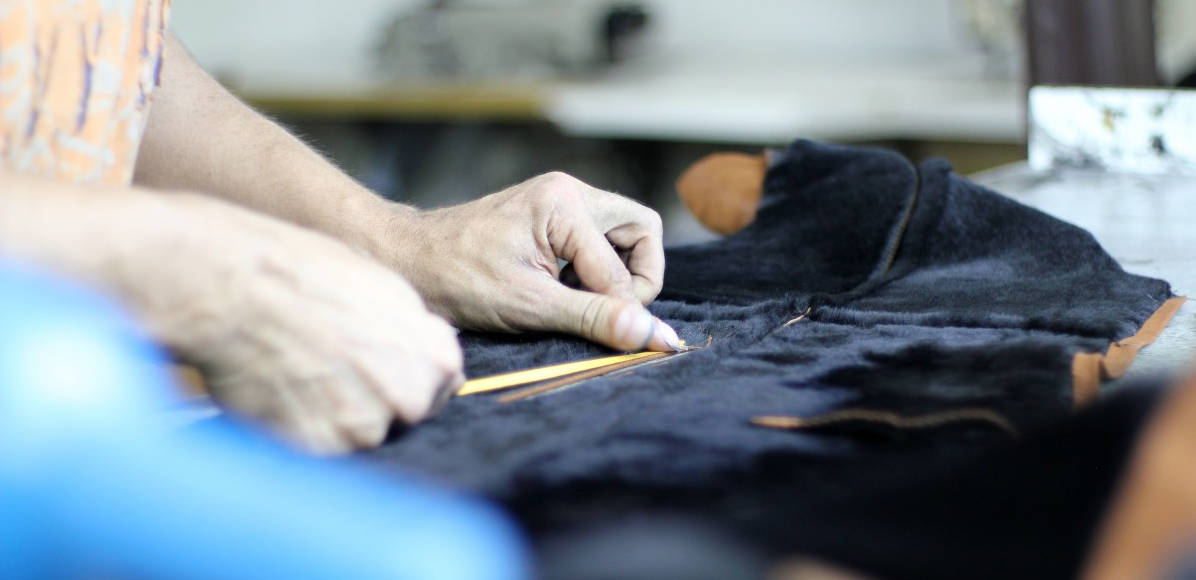
In the intricate world of apparel manufacturing, the role of third-party inspection companies is indispensable. These entities are the guardians of quality, ensuring that every piece of clothing meets the rigorous standards set by brands and consumers alike. Apparel inspection and apparel quality control are critical components in this process, focusing on identifying and mitigating potential defects that can affect the overall quality of the product. Here, we delve into some of the primary defects identified during the apparel inspection process, highlighting the significance of meticulous apparel quality control.

Contents
1. Appearance Defects
One of the foremost aspects scrutinized during apparel inspection is the appearance of the garment. This includes checking for neatness, symmetry, proper folding, and the absence of any unwanted creases or pleats. Inspectors ensure that all parts of the garment are ironed flat, with no areas left unattended. The absence of loose threads or “yarn wool” is also a key aspect of ensuring a clean appearance. Color and texture uniformity between threads and fabrics is essential, ensuring that all components blend seamlessly to maintain the garment’s aesthetic appeal.
2. Specifications and Dimensions
Adherence to specified sizes and dimensions is crucial in apparel quality control. Third-party inspectors rigorously measure garments against the size chart provided by the client, noting any deviations. This process involves randomly selecting a number of samples and meticulously recording their measurements. The garments are then evaluated against the allowed size tolerance to determine their compliance, ensuring that the final product fits the intended demographic perfectly.
3. Color Consistency
Color discrepancy is a common issue in garment production, necessitating thorough inspection. The standard involves assessing the uniformity of color across various parts of the garment, such as the upper collar, bag fabric, and side seams of trousers. The evaluation is based on national standards, employing tools like the “color fastness and fading sample card” to gauge the severity of color difference. Achieving a level of color consistency that meets or exceeds level four (on a scale where level five represents no discernible color difference) is the goal of this part of the inspection process.
4. Defective Parts
Identifying defective parts is a nuanced aspect of apparel inspection, requiring inspectors to be familiar with the standards specific to the garment type and fabric involved. The standard typically allows for only one defect per independent part of the garment, with the entire piece divided into several zones based on its structure. This categorization helps in assessing the garment comprehensively, ensuring that defects do not overshadow the overall quality of the product. The nature of defects can vary significantly depending on the fabric, making expert knowledge and attention to detail indispensable in this process.
5. Sewing Quality
The quality of sewing is indicative of a garment’s durability and overall finish. Inspectors examine the stitching density, looking for uniformity in the spacing of stitches — typically 14 to 18 stitches per 3cm. The choice of needle spacing is also crucial and is adjusted based on the fabric’s characteristics. Harder fabrics may require a sparser stitch, whereas looser fabrics benefit from tighter stitching to ensure the garment’s integrity and appearance.
Conclusion
Third-party inspection companies play a pivotal role in the apparel manufacturing industry, ensuring that products not only meet the aesthetic and functional expectations of consumers but also adhere to stringent quality standards. Through meticulous examination of appearance, specifications, color consistency, defective parts, and sewing quality, these companies help in elevating the overall quality of apparel. As the industry evolves, the importance of advanced apparel inspection and quality control methodologies will only increase, underscoring the need for continuous improvement and innovation in quality assurance practices.




